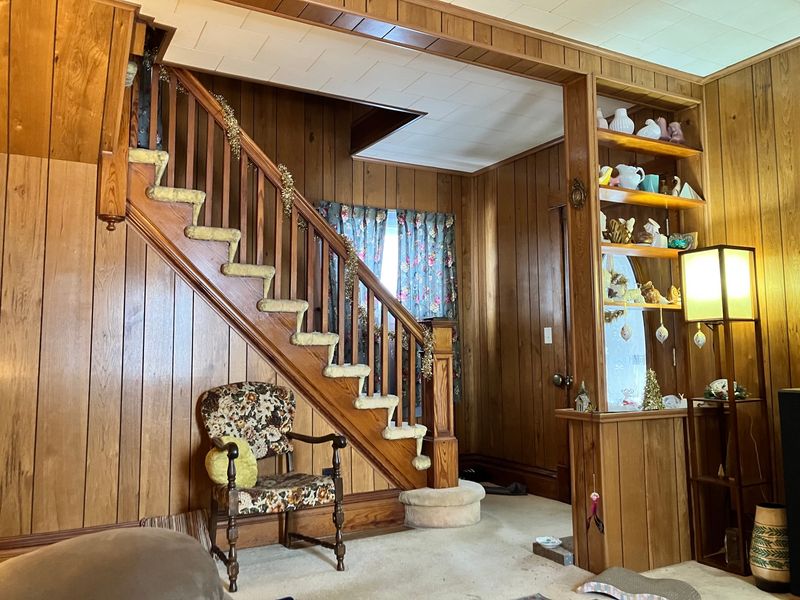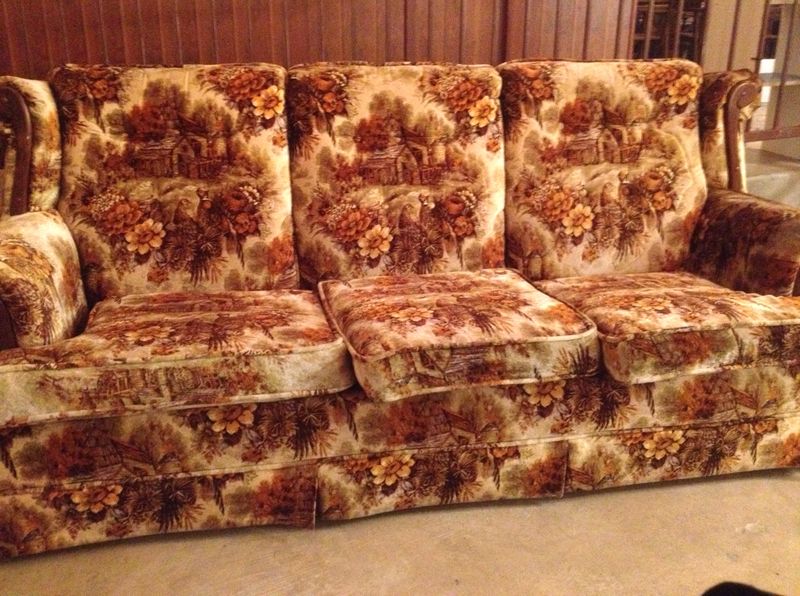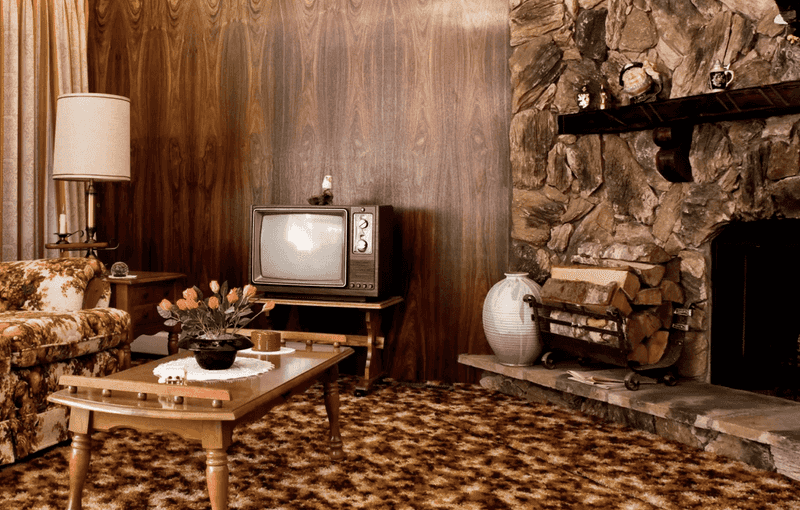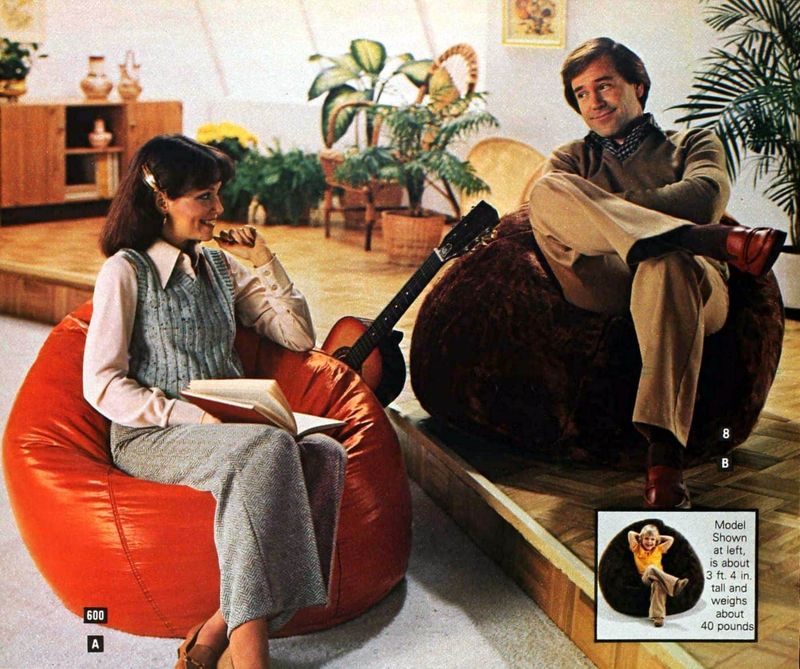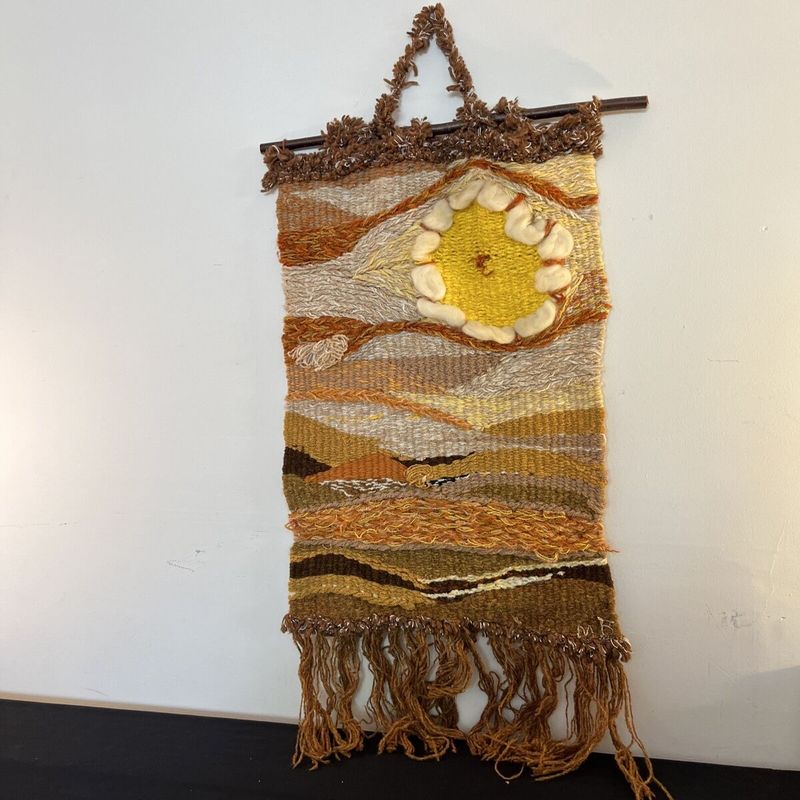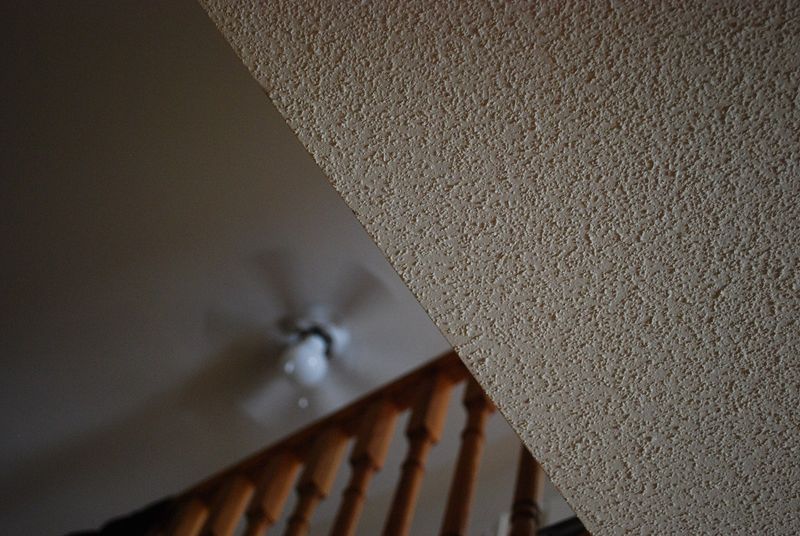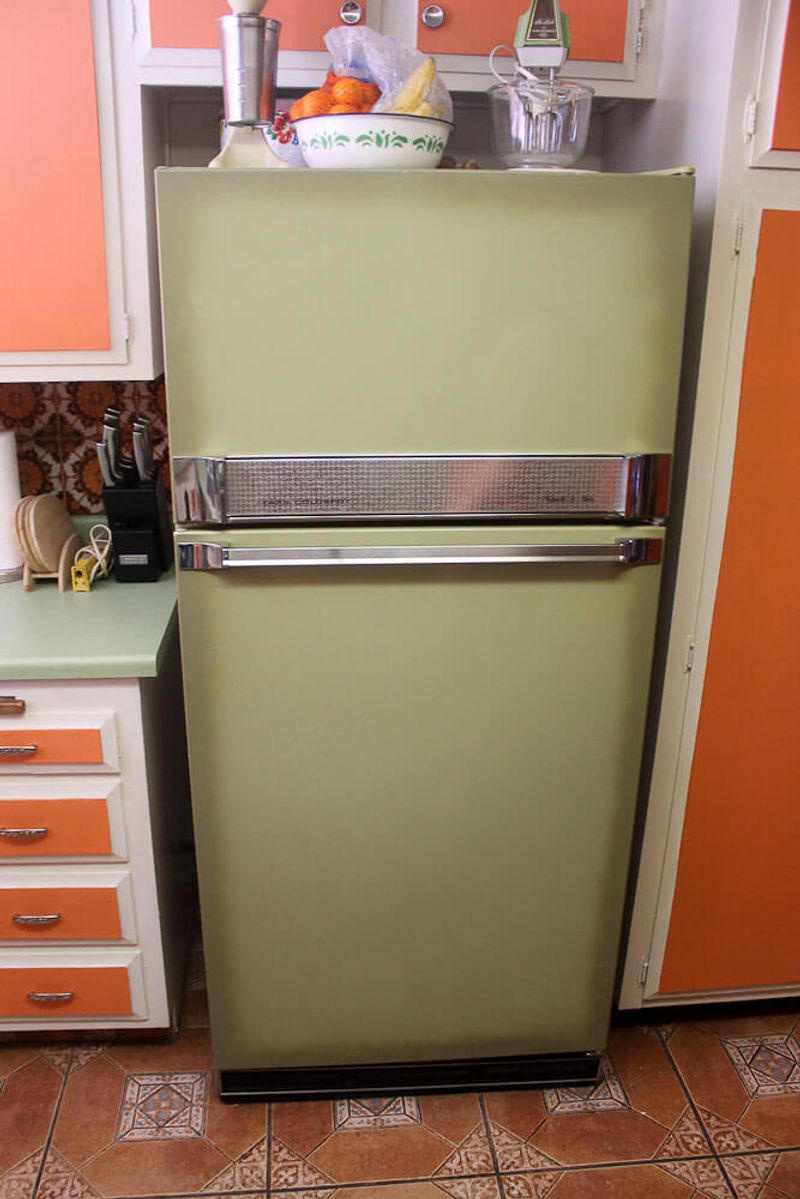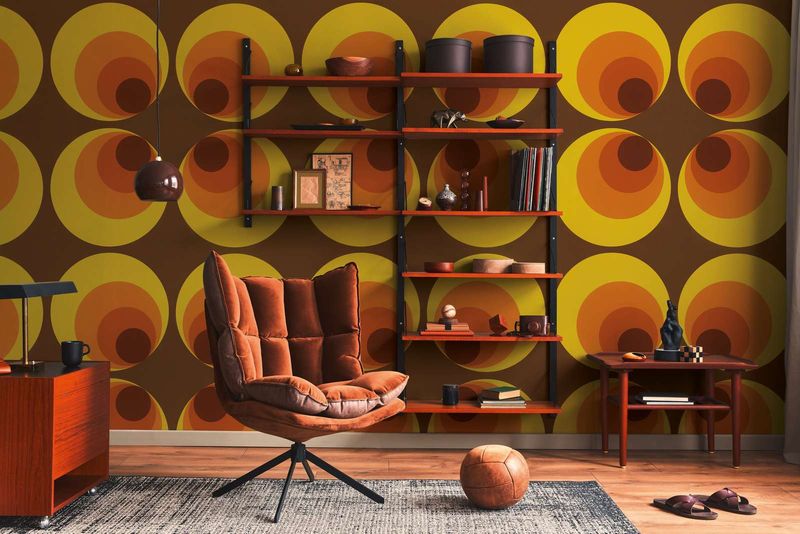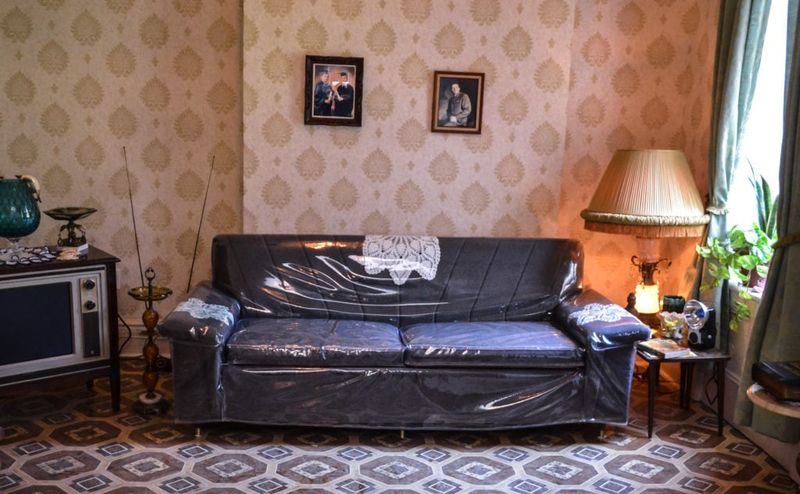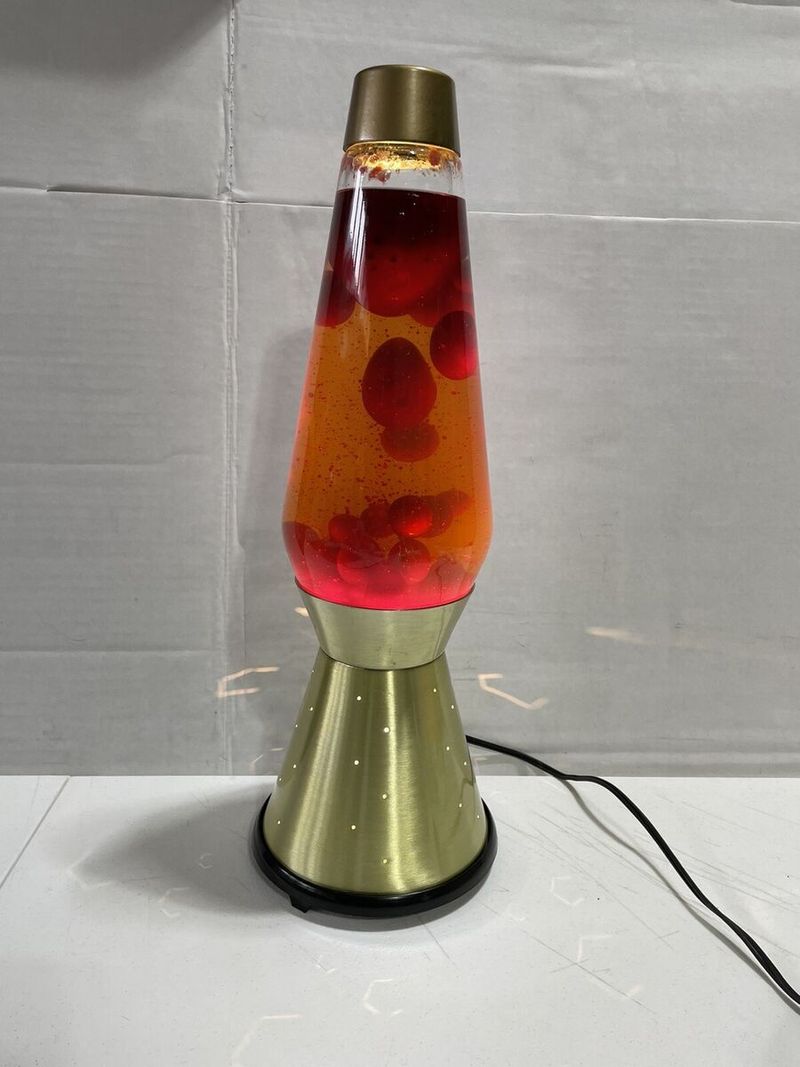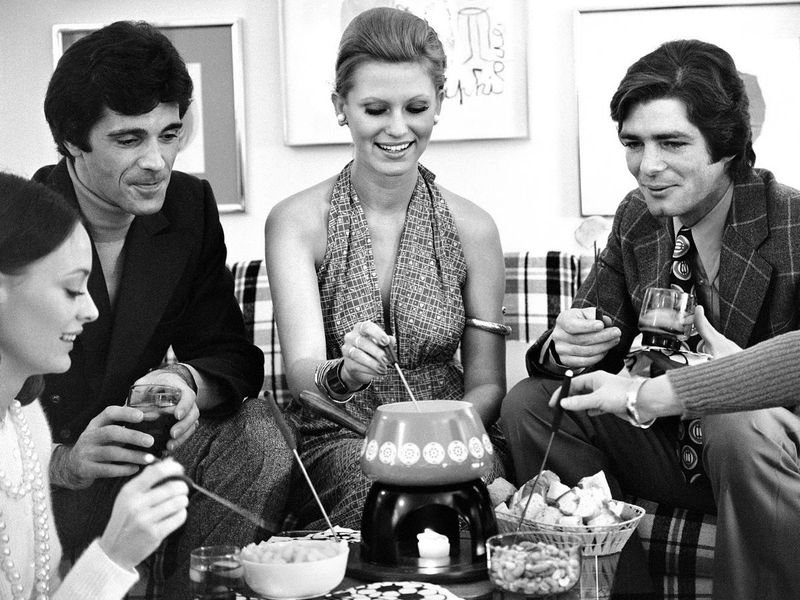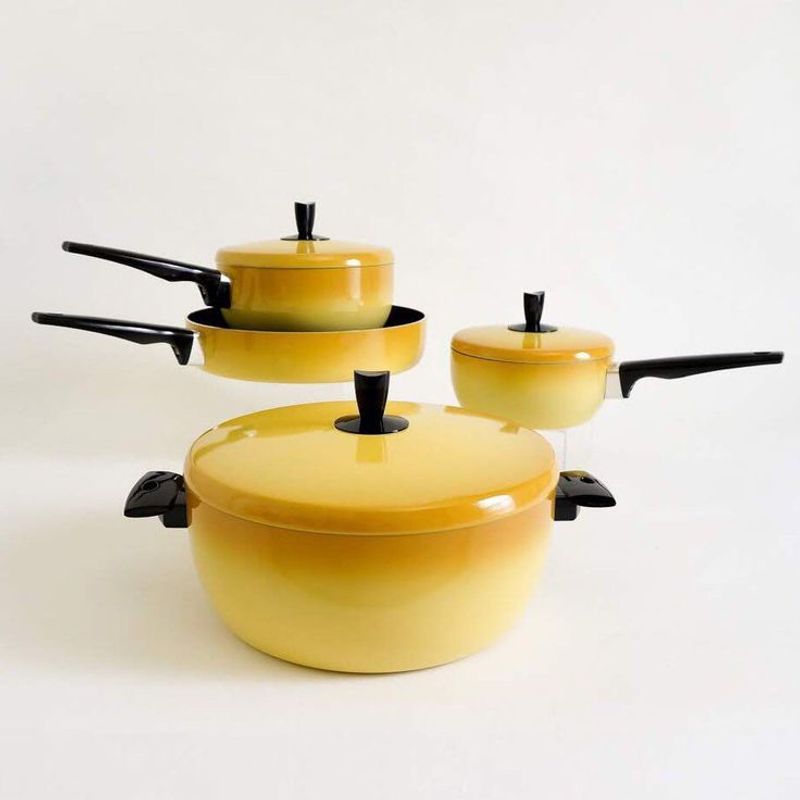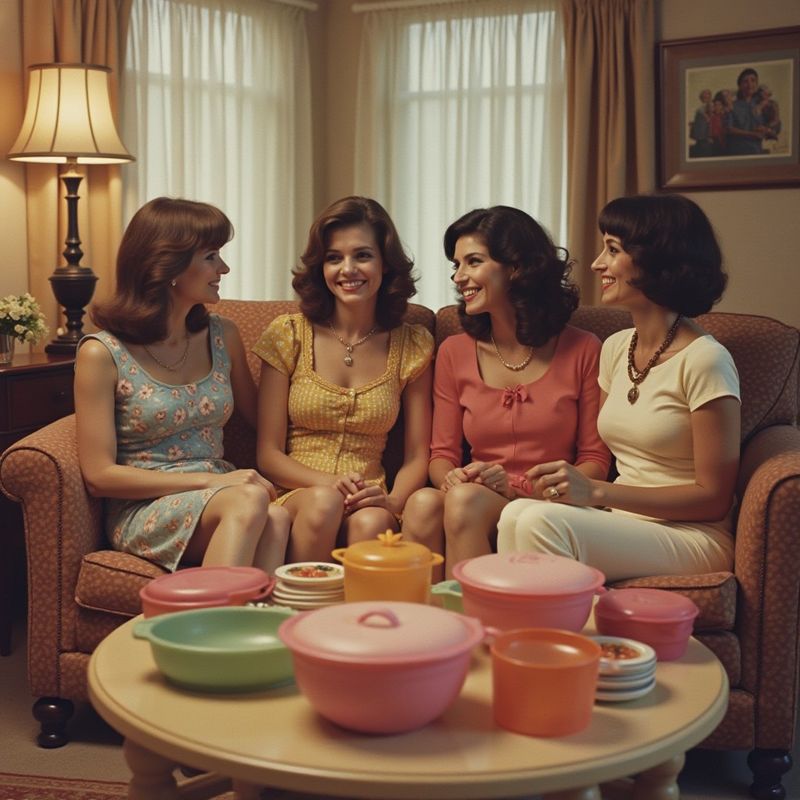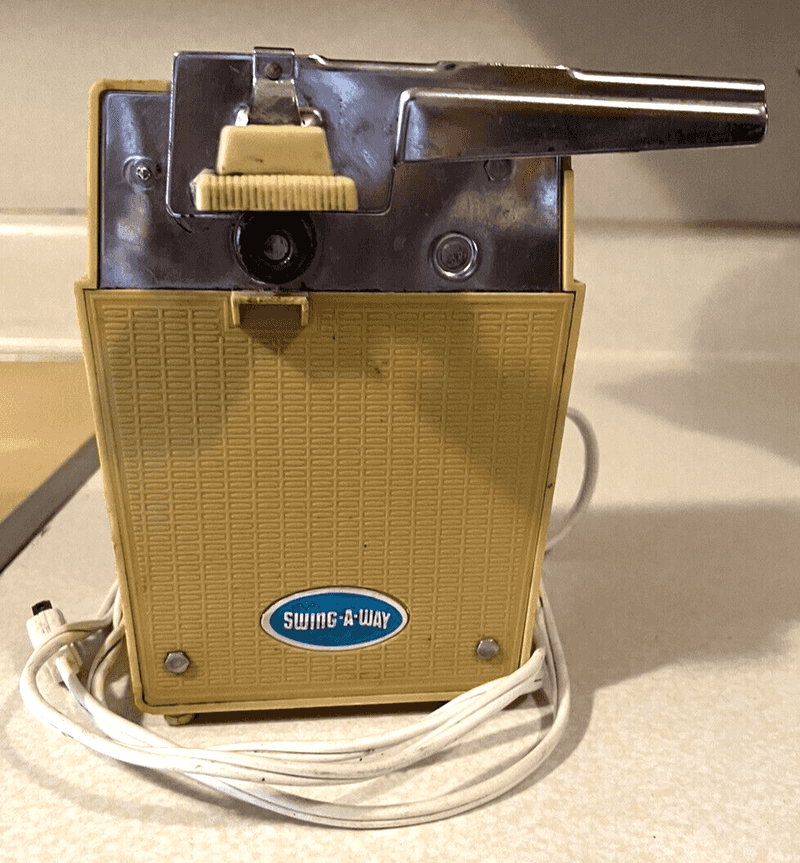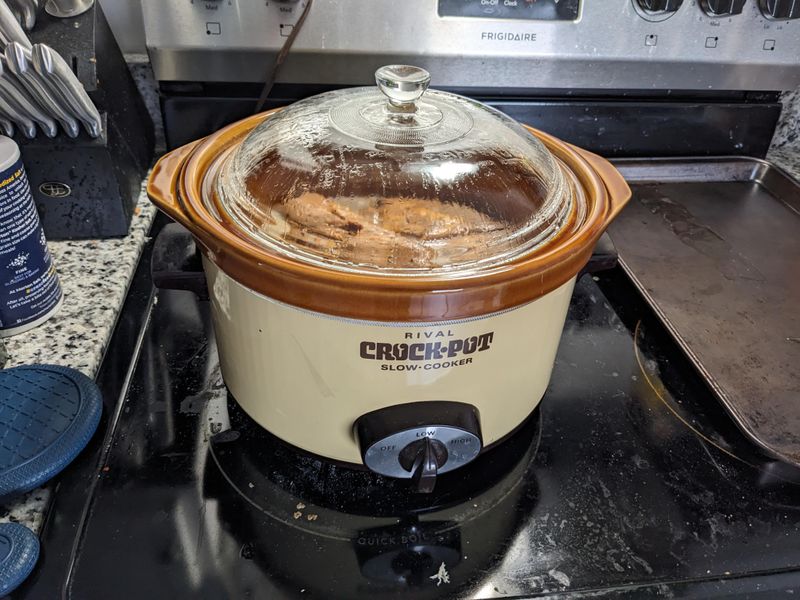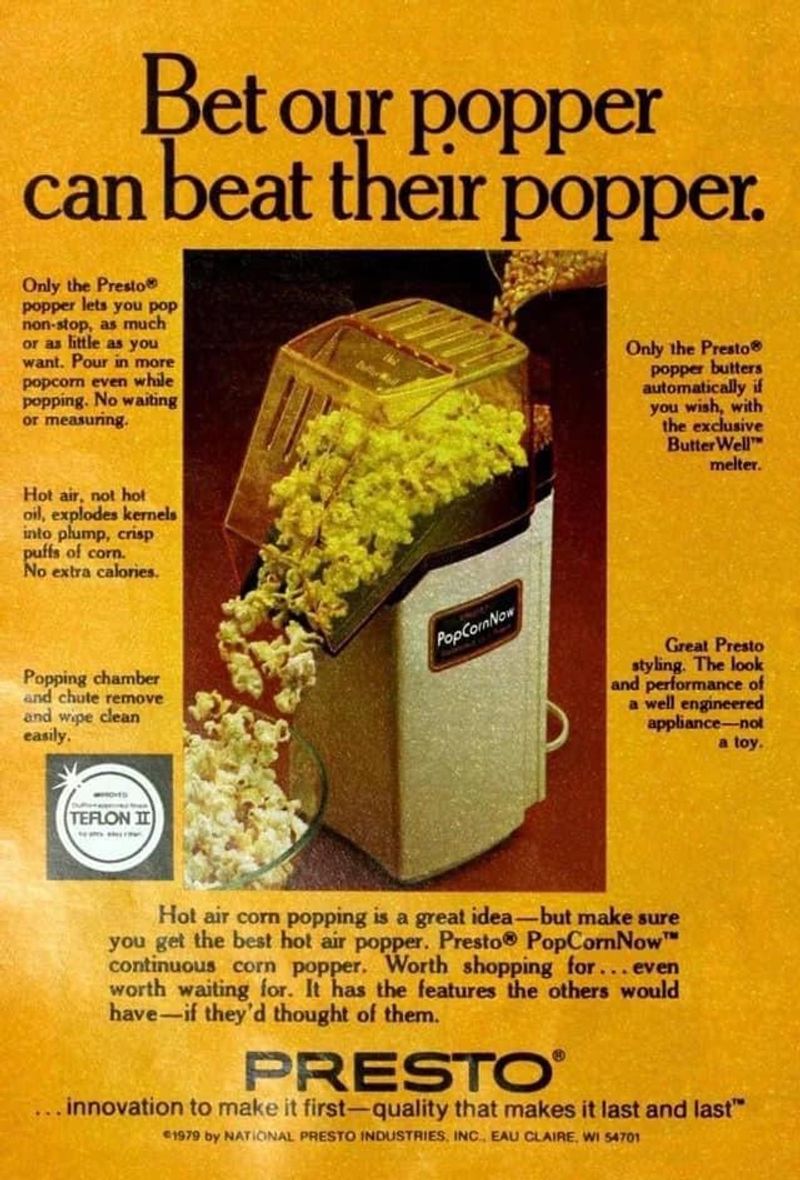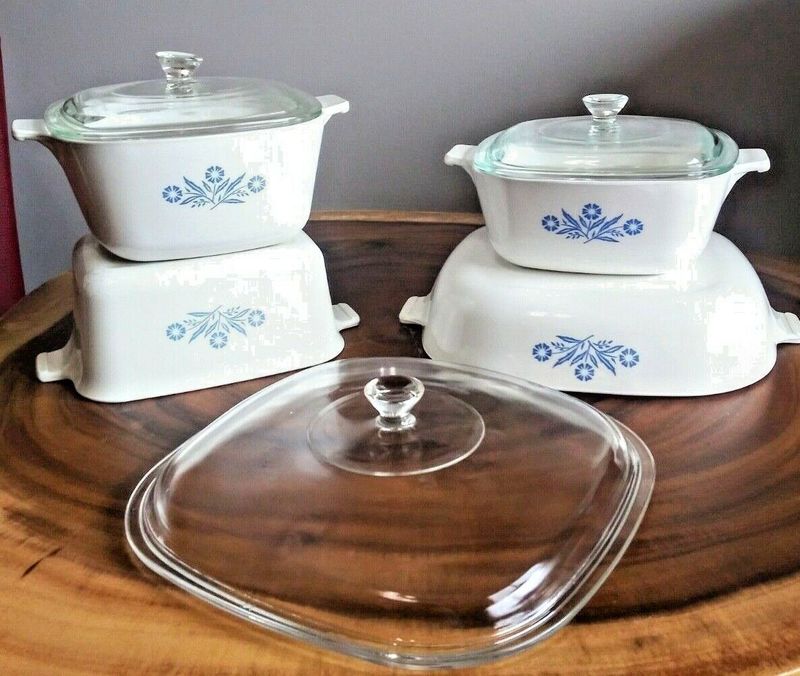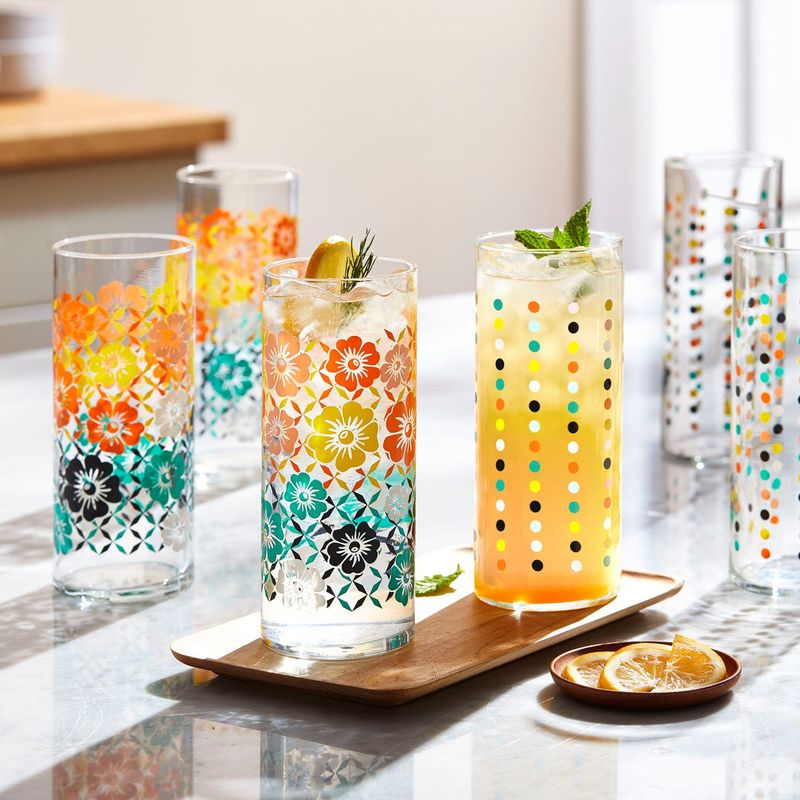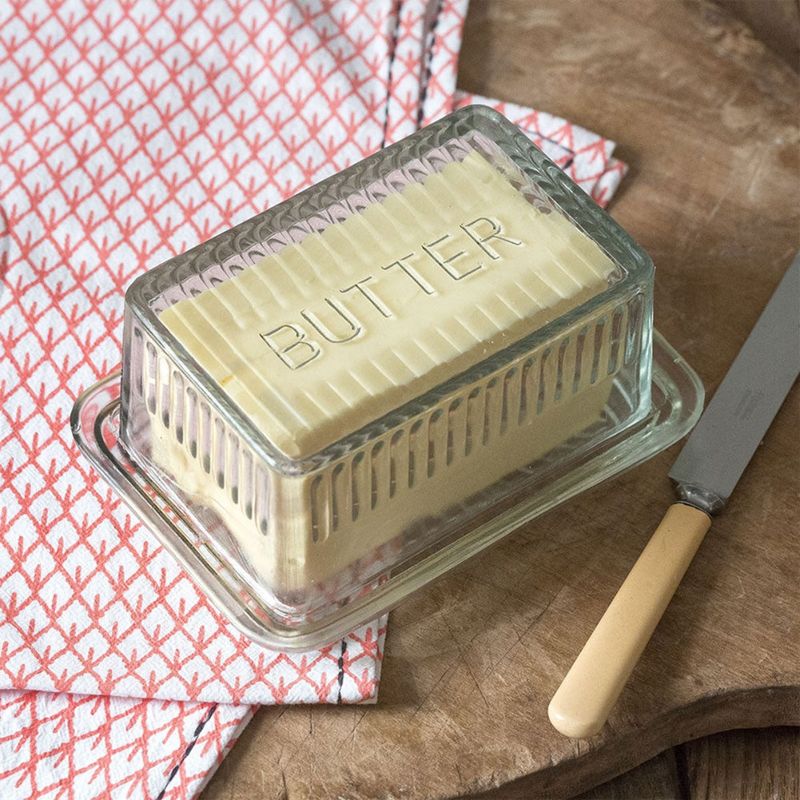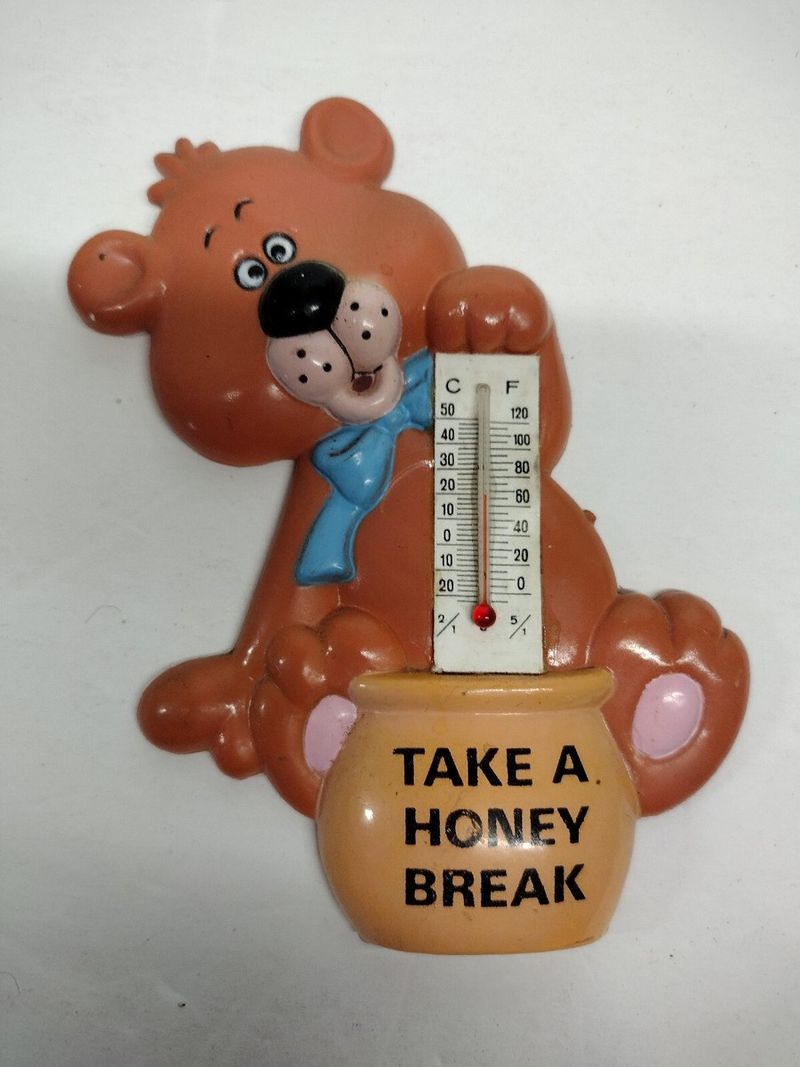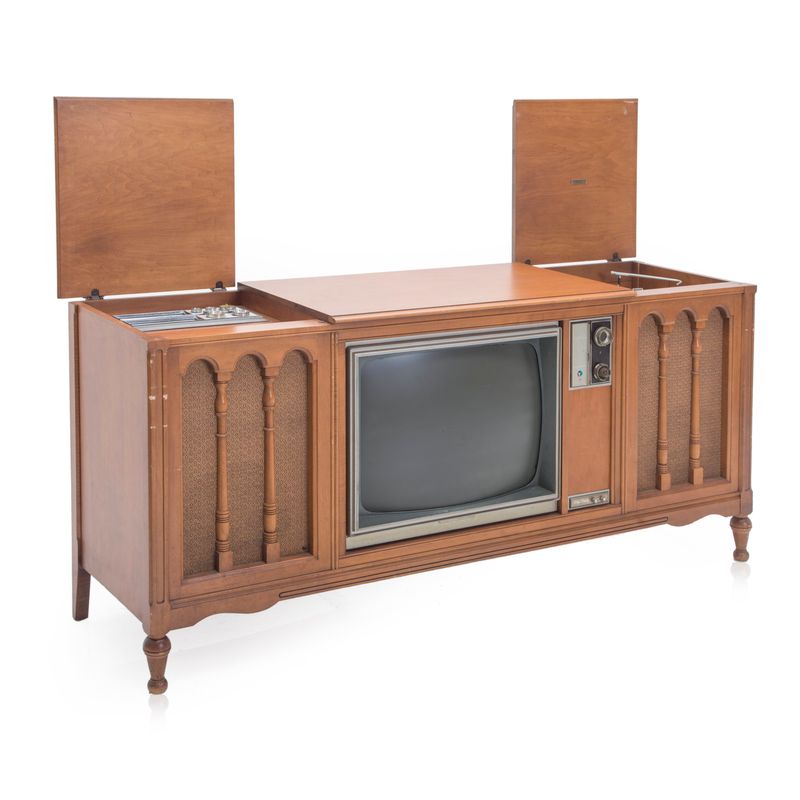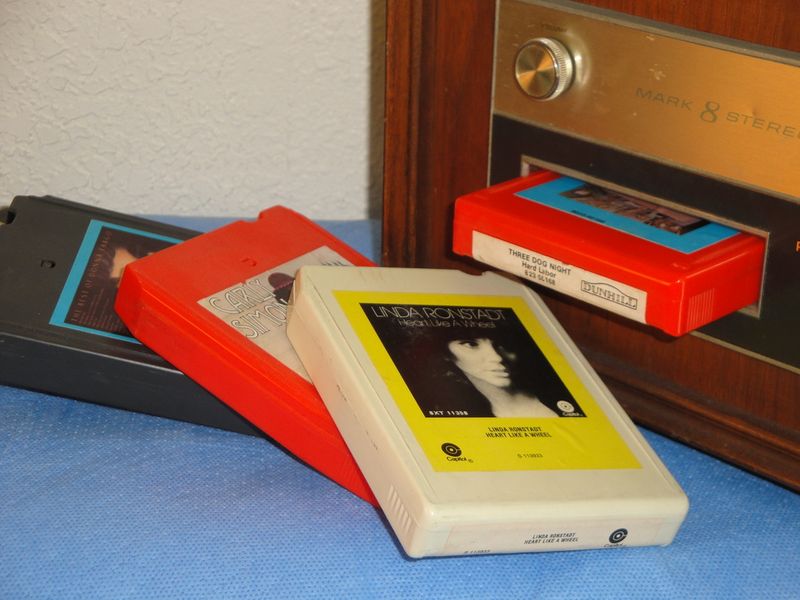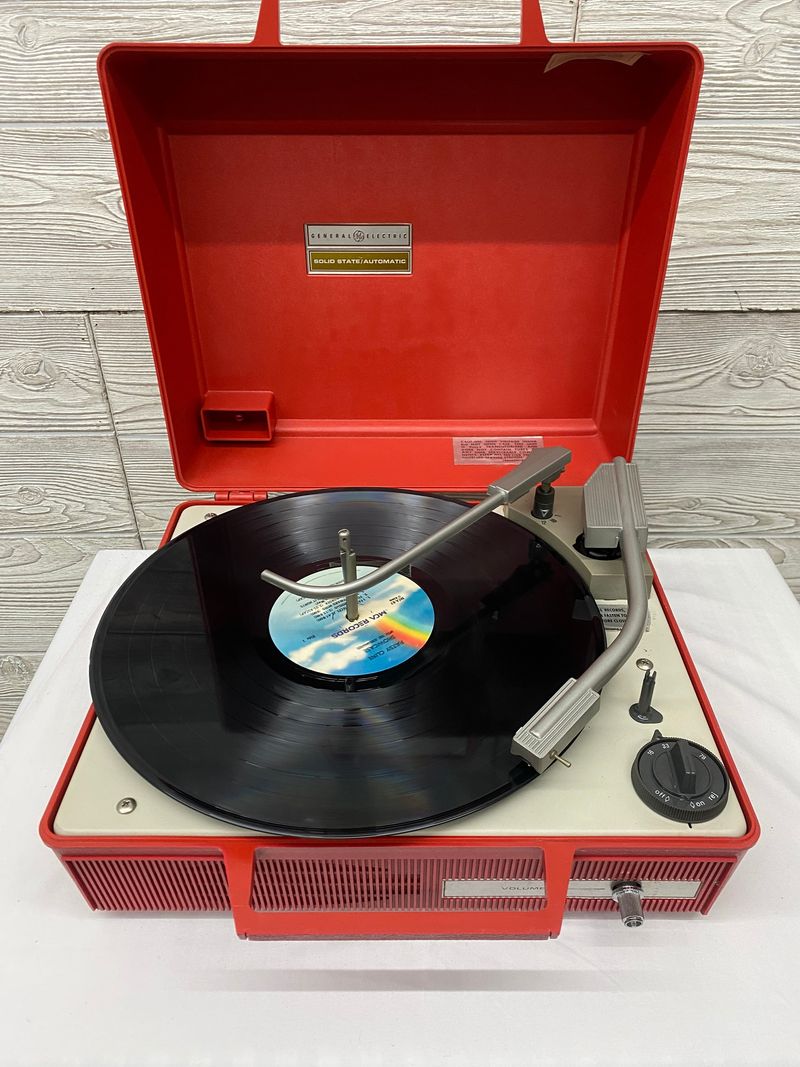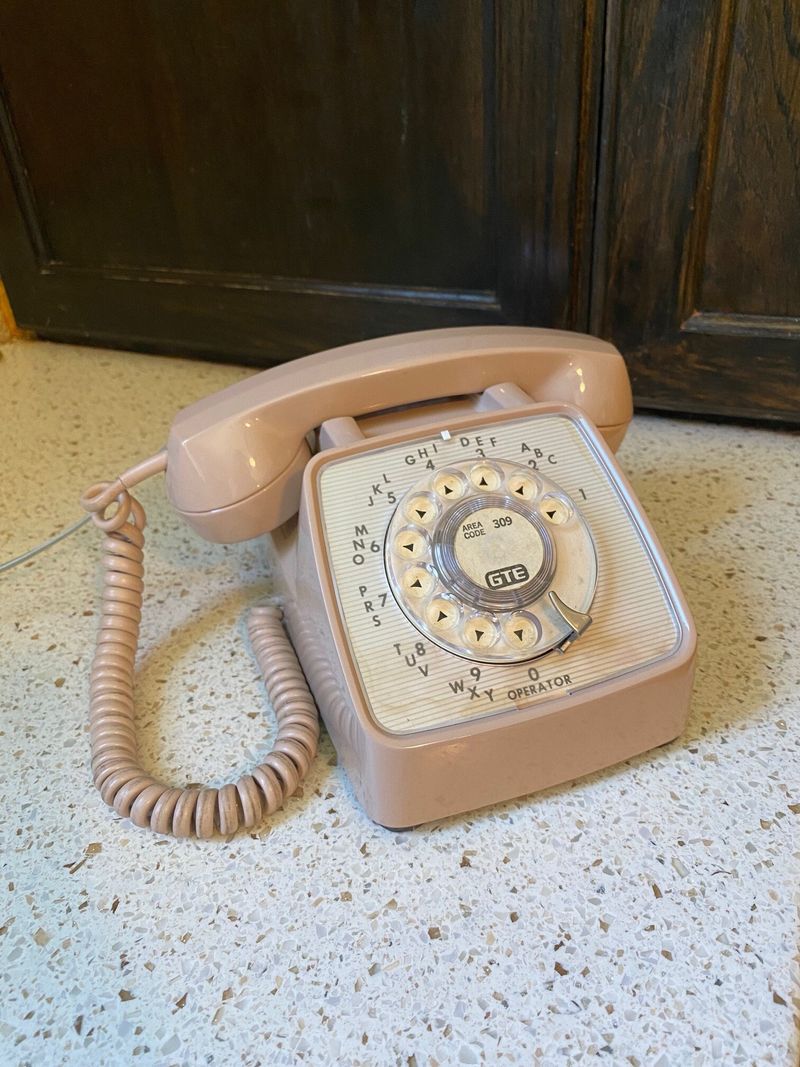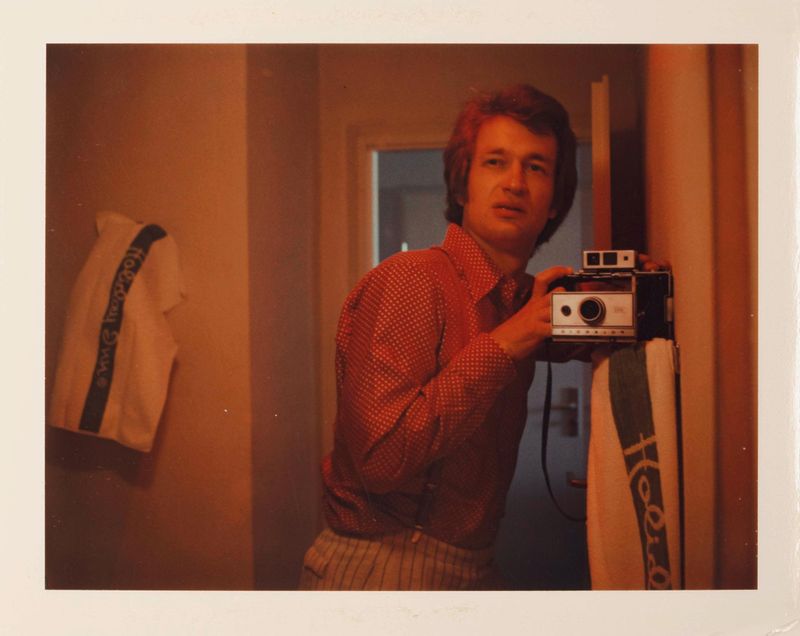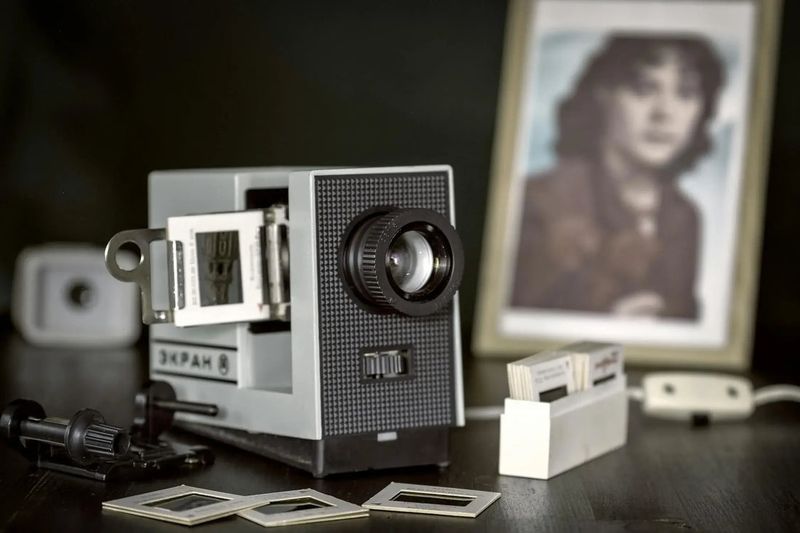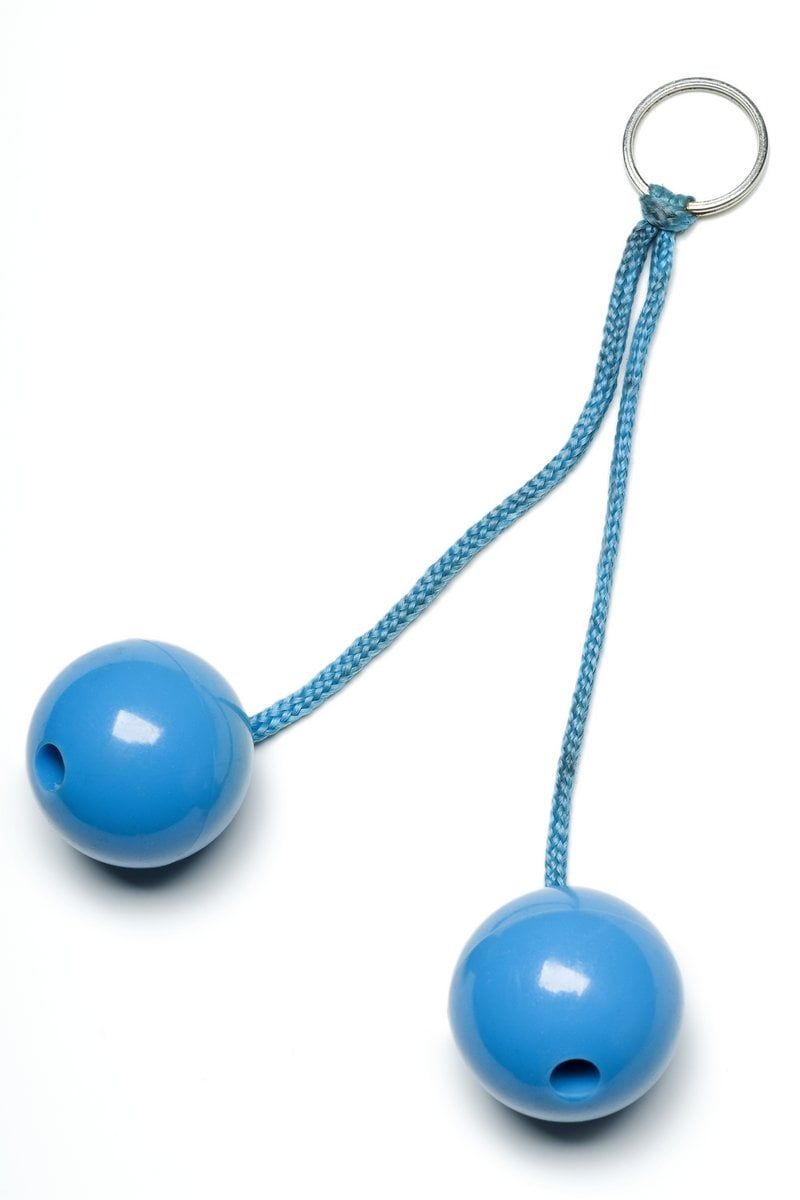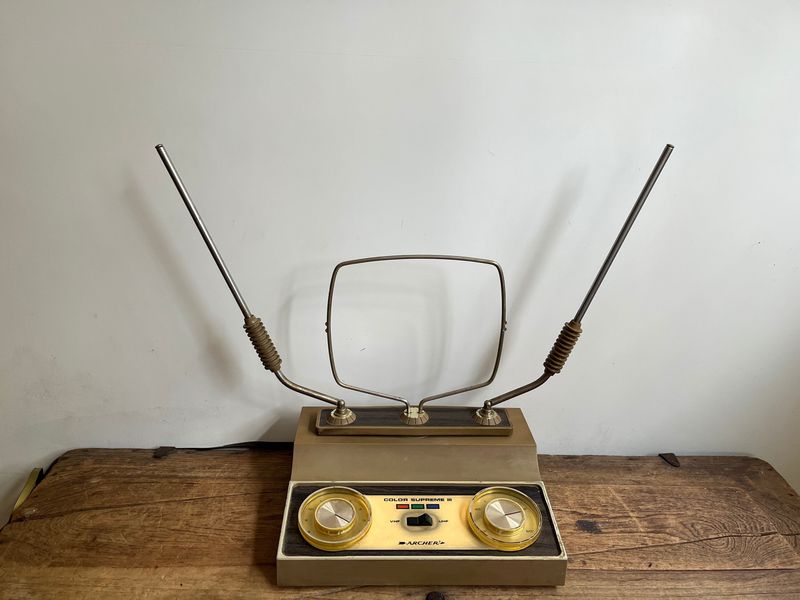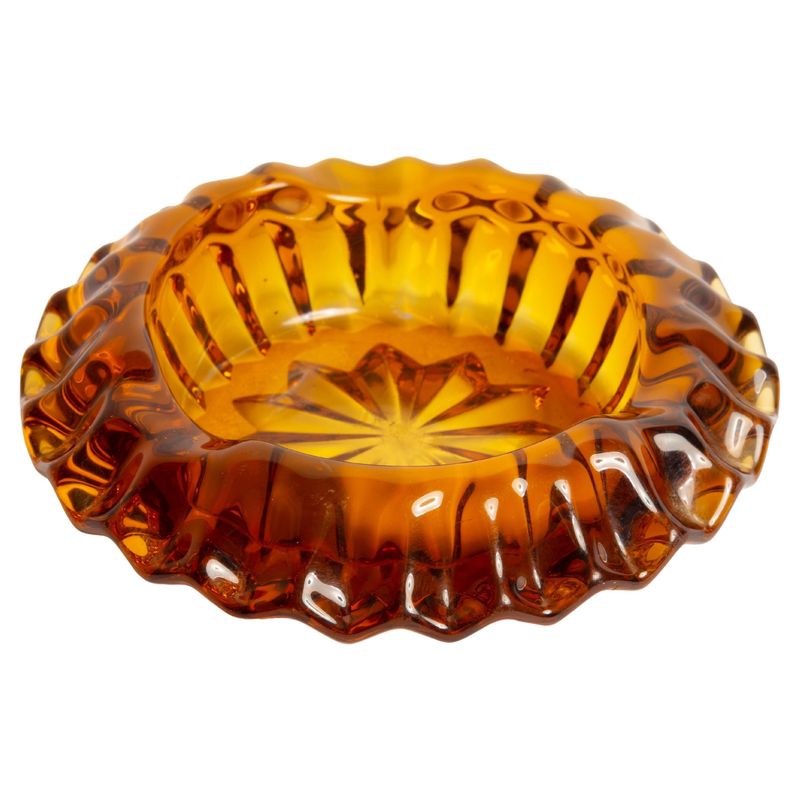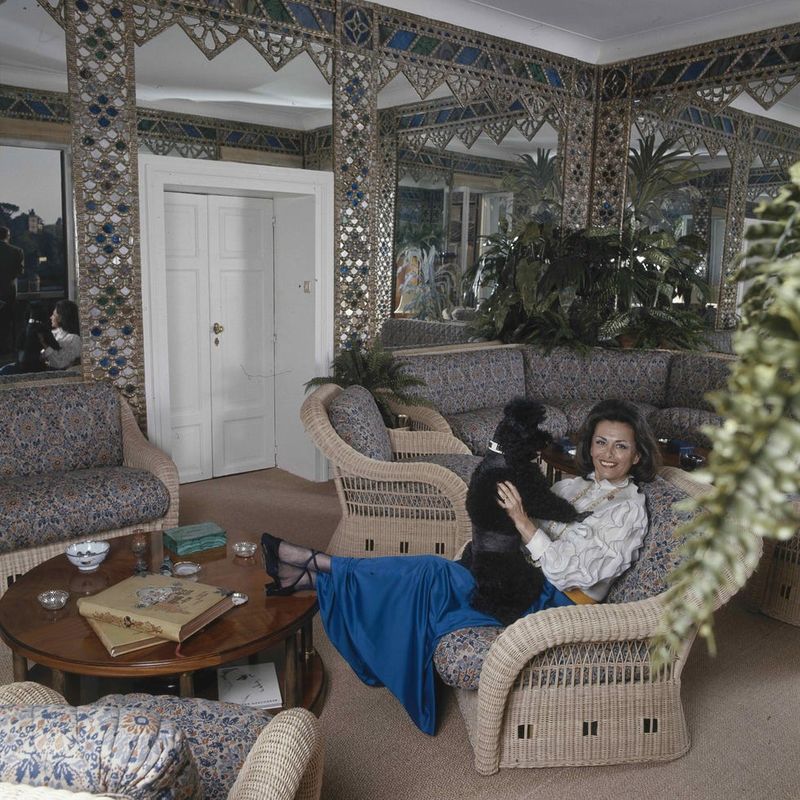The 1970s was a vibrant decade that left a lasting impact on home decor and lifestyle. This era introduced a range of household items that became iconic symbols of the time. From the colorful shag carpets that decorated every living room to the avocado green appliances that were the peak of kitchen fashion, each item tells a story of a unique cultural moment. Join us on this nostalgic journey as we explore 30 iconic household items that everyone had in the 1970s, each with its own distinctive charm and personality.
1. Wood Paneling
Wood paneling was a staple in homes during the 1970s, offering a warm and rustic aesthetic. The rich, dark tones of the wood added a sense of coziness and tradition to living spaces. Often paired with complementary decor, such as floral prints and earth-toned furniture, wood paneling became synonymous with the era’s interior design trends. It was a practical choice, providing an easy-to-clean surface that required minimal maintenance. Despite its popularity, wood paneling eventually fell out of favor, but it remains a nostalgic reminder of the distinctive style of the 1970s.
2. Floral Couch
Bursting with vibrant colors and patterns, the floral couch was a quintessential piece of 1970s living room decor. These couches often featured bold, oversized floral prints that brought a sense of life and energy to any space. The lively patterns were a reflection of the era’s love for nature-inspired aesthetics.
Floral couches were usually upholstered in durable fabrics, ensuring they could withstand the daily wear and tear of a bustling household. They became a central gathering spot in homes, providing comfort and style in equal measure.
While decorating trends have shifted over the decades, the floral couch remains a beloved memory for those who enjoyed its cheerful presence. Today, it stands as a testament to the exuberant style and creativity of 1970s interior design.
3. Shag Carpet
Shag carpets were a signature feature of 1970s decor, known for their thick, plush texture and vibrant colors. These carpets added a cozy and luxurious feel to any room, making them a popular choice for living areas. To maintain their appearance, regular vacuuming and gentle cleaning were necessary, ensuring the fibers remained soft and vibrant. Shag carpets were often seen in a rainbow of colors, from deep reds to bright oranges, adding a splash of color to homes across the country. Their distinct texture made them a memorable and lasting icon of the decade.
4. Bean Bag Chairs
Bean bag chairs became a must-have item in the 1970s, offering a casual and comfortable seating option for any room. Their soft, malleable design allowed them to conform to the user’s body, providing a relaxed and laid-back seating experience. Available in a variety of colors and fabrics, bean bag chairs were a versatile addition to many homes. They were particularly popular in children’s rooms and informal living spaces, where comfort and ease of movement were priorities. This innovative furniture piece remains a nostalgic symbol of carefree lounging from the era.
5. Macramé Wall Hangings
Macramé wall hangings were a quintessential part of 1970s bohemian decor, bringing a handcrafted and artistic touch to interiors. These intricately knotted pieces were often created from natural fibers, such as cotton or jute, and featured elaborate patterns and textures. They added a sense of warmth and creativity to walls, complementing the era’s love for natural materials and earth tones. Macramé became a popular craft activity, allowing individuals to personalize their homes with unique designs. Its resurgence in recent years highlights the timeless appeal of this artistic expression.
6. Popcorn Ceiling
Ah, the popcorn ceiling, a staple in 1970s homes. Known for its bumpy texture, this ceiling finish was both a stylistic choice and a practical solution for hiding imperfections. Walking into a room with a popcorn ceiling often felt like stepping into a cozy, retro cocoon.
The texture was typically created using a spray-on technique, making it an easy DIY project. While some appreciated its unique look, others found it challenging to clean and maintain over time. Today, popcorn ceilings are often removed for a sleeker, modern appearance, but they remain a nostalgic memory for many.
Fun fact: Popcorn ceilings also had the added benefit of dampening noise, making them a favorite among families with active children or bustling households.
7. Avocado Green Appliances
Avocado green appliances were a defining feature of 1970s kitchens, representing the era’s bold approach to color. This distinctive shade of green was applied to various appliances, from refrigerators to ovens, creating a cohesive and stylish look. The popularity of avocado green was a reflection of the decade’s embrace of earthy tones and natural colors. These appliances were not only functional but also served as a statement piece in kitchens, adding a pop of color and personality. Despite their eventual decline, avocado green remains an iconic symbol of 1970s kitchen design.
8. Burnt Orange and Mustard Yellow Everything
Burnt orange and mustard yellow were quintessential colors of the 1970s, dominating everything from furniture to wall art. These warm, earthy tones reflected the decade’s love for natural colors and created inviting, cozy atmospheres in homes. Whether used in upholstery, curtains, or accessories, these hues added depth and vibrancy to interiors. The combination of burnt orange and mustard yellow became synonymous with the era’s aesthetic, showcasing a fearless approach to color. This bold palette continues to inspire designers today, serving as a nostalgic nod to the creative spirit of the 1970s.
9. Plastic Slipcovers
Plastic slipcovers were a practical yet often criticized addition to 1970s homes, designed to protect furniture from wear and tear. These clear covers were placed over sofas and chairs, preserving the fabric beneath while maintaining the furniture’s appearance. Despite their practicality, plastic slipcovers were notorious for their discomfort, causing furniture to feel sticky and noisy. Nevertheless, they became a common sight in many households, particularly those with children or pets. Today, they serve as a humorous reminder of the lengths people went to keep their beloved furniture in pristine condition.
10. Lava Lamps
Lava lamps were a psychedelic staple of 1970s decor, known for their mesmerizing and fluid movements. These unique lamps contained colorful, wax-like blobs that floated and shifted within the glass container, creating a soothing and visually captivating effect. Available in a variety of colors and sizes, lava lamps were often placed in bedrooms or living rooms, adding a touch of whimsy and relaxation. Their hypnotic glow and ever-changing shapes made them a favorite among those seeking a bit of tranquility. Lava lamps remain a beloved icon of retro design, cherished for their nostalgic charm.
11. Fondue Sets
Fondue sets were the ultimate dinner party centerpiece of the 1970s, offering a fun and interactive dining experience. These sets typically included a pot for melting cheese or chocolate, along with long forks for dipping various foods. Fondue parties became a popular social activity, allowing guests to gather around the table and share in the communal meal. The bubbling pot of cheese or chocolate created a warm and inviting atmosphere, perfect for entertaining. Fondue’s renaissance in recent times highlights its lasting appeal as a unique and enjoyable way to dine with others.
12. Harvest Gold Cookware
Harvest gold cookware was a staple in 1970s kitchens, complementing the popular avocado green appliances. This warm, golden hue was applied to a range of items, from pots and pans to serving dishes, creating a cohesive and stylish kitchen aesthetic. The color reflected the era’s embrace of earthy tones and added a sense of warmth to culinary spaces. Harvest gold cookware was not only functional but also fashionable, often displayed proudly on kitchen shelves. Today, it serves as a nostalgic reminder of the vibrant and colorful kitchen trends that defined the decade.
13. Tupperware Parties
Tupperware parties were a social phenomenon in the 1970s, combining the excitement of shopping with the comfort of home gatherings. These events allowed hosts to showcase a wide range of plastic containers, known for their durability and convenience. Guests were invited to explore the products, often leading to lively discussions and demonstrations of Tupperware’s innovative features, such as airtight seals and stackable designs. The parties became a fun and interactive way for people to connect while discovering the latest in kitchen storage solutions. Tupperware’s enduring popularity highlights its timeless appeal and practicality.
14. Electric Can Openers
Electric can openers were a symbol of modern convenience in 1970s kitchens, offering an effortless way to open canned goods. These sleek devices quickly became a staple on countertops, providing a practical solution for busy home cooks. With the simple push of a button, the electric can opener would smoothly cut through metal lids, saving time and effort. Available in various styles and colors, they complemented the era’s love for kitchen gadgets and high-tech innovations. Today, electric can openers remain a convenient tool, appreciated for their efficiency and ease of use.
15. Crock-Pots (Slow Cookers)
Crock-pots, also known as slow cookers, revolutionized family dinners in the 1970s by offering a convenient way to prepare meals. These appliances allowed home cooks to set ingredients in the pot and leave them to simmer for hours, resulting in flavorful and tender dishes. The slow cooking process was perfect for busy families, providing a hands-off approach to meal preparation. Crock-pots became synonymous with comforting, home-cooked meals, filling kitchens with delicious aromas. Their resurgence in popularity today speaks to their enduring appeal as a practical and versatile kitchen tool.
16. Popcorn Makers (Hot Air Style)
Hot air popcorn makers were a must-have for 1970s movie nights, offering a healthier alternative to traditional oil-popped corn. These devices used hot air to pop kernels, resulting in light and fluffy popcorn with little to no added oil. The popcorn makers quickly became popular in family rooms, where they added a fun and interactive element to home entertainment. Watching the kernels pop and fill the bowl was an exciting experience for both kids and adults. Today, hot air popcorn makers continue to be cherished for their simplicity and ability to produce guilt-free snacks.
17. CorningWare Dishes
CorningWare dishes were a beloved kitchen staple in the 1970s, known for their durability and distinctive blue cornflower pattern. These versatile dishes were perfect for cooking, serving, and storing food, making them an essential part of many households. The elegant design and sturdy construction made CorningWare a favorite among home cooks who appreciated both form and function. Whether used for baking casseroles or serving side dishes, these dishes brought a touch of style to the table. Their enduring popularity highlights the timeless appeal of quality kitchenware that stands the test of time.
18. Drink Caddies with Matching Glasses
Drink caddies with matching glasses were a sophisticated addition to 1970s home entertaining, elevating the art of cocktail hour. These sets often included a stylish caddy for easy transport, along with a selection of glasses designed to complement various beverages. The coordinated design added a touch of elegance and organization to social gatherings, making it easy for hosts to serve drinks with flair. Whether filled with cocktails or soft drinks, these sets were a symbol of refined hospitality. Their timeless appeal continues to inspire those who appreciate the finer details of entertaining.
19. Butter Dishes with Lids
Butter dishes with lids were a practical yet elegant addition to 1970s dining tables, often matching the rest of the tableware set. These dishes kept butter fresh and spreadable, while their coordinated design added a touch of sophistication to meals. Available in various styles and materials, from glass to ceramic, butter dishes became a staple of everyday dining. Their simple yet functional design made them a beloved household item, ensuring butter was always ready for the table. Today, these dishes continue to be appreciated for their timeless blend of form and function.
20. Refrigerator Magnets with Thermometers
Refrigerator magnets with thermometers were a tiny but memorable accessory in 1970s kitchens, adding both function and flair to the fridge. These colorful magnets often featured whimsical designs, from fruit shapes to cartoon characters, each equipped with a small thermometer. They provided a convenient way to monitor the refrigerator’s temperature, ensuring food was stored safely. The playful designs made them a favorite among families, adding a touch of personality and creativity to kitchen decor. Today, they serve as a nostalgic reminder of the charming and practical innovations of the 1970s.
21. Console TVs
Console TVs were the centerpiece of 1970s living rooms, combining television functionality with furniture-style design. Housed in large wooden cabinets, these TVs offered both style and substance, serving as a focal point for family gatherings. The substantial size of console TVs made them a statement piece, often accompanied by decorative elements like built-in speakers or shelves. As technology advanced, these televisions paved the way for modern home entertainment systems. Despite being replaced by sleeker models, console TVs remain a nostalgic symbol of the era’s approach to combining technology with traditional design.
22. 8-Track Tape Players
8-track tape players were the dominant music format in the 1970s, offering a portable and convenient way to enjoy music. These players allowed users to listen to entire albums without the need to flip or change the tape, making them a favorite among music enthusiasts. The colorful cartridges were often seen stacked next to players, ready to fill the room with sound. While the format eventually gave way to cassettes and CDs, 8-track tape players remain a nostalgic reminder of the era’s love for music and innovation. Their retro appeal continues to charm audiophiles today.
23. Record Players & Vinyl Albums
Record players and vinyl albums were the heart of musical enjoyment in the 1970s, offering a rich and authentic listening experience. The tactile nature of placing a needle on a record and hearing the warm, crackling sound was unmatched. Vinyl albums were cherished collections, often displayed proudly in living rooms, reflecting personal tastes and styles. Whether hosting a party or enjoying a quiet evening, the ritual of playing records added a sense of occasion to any moment. Today, the resurgence of vinyl reflects a timeless appreciation for the artistry and nostalgia they embody.
24. Rotary Dial Phones
Rotary dial phones were a staple in 1970s households, offering a reliable means of communication with a distinct mechanical charm. These phones featured a circular dial that required users to rotate each number, a satisfying process that seemed to slow down time. Often found in the kitchen with an extra-long cord, they facilitated conversations while multitasking. The tactile experience of dialing, combined with the familiar ringing sound, made rotary phones a cherished part of daily life. Though largely replaced by modern technology, they remain a nostalgic symbol of the era’s approach to communication.
25. Polaroid Cameras
Polaroid cameras brought instant gratification to photography in the 1970s, allowing users to capture moments and see them develop before their eyes. These cameras were a hit at family gatherings and social events, where the ability to instantly share photos added excitement and spontaneity. The distinctive white-bordered prints quickly became cherished keepsakes, capturing the era’s treasured memories. Polaroid’s iconic design and instant results created a fun and interactive experience for photographers of all ages. Today, the resurgence of instant photography reflects a timeless desire for tangible, real-time connections with our captured moments.
26. Slide Projectors
Slide projectors were a cornerstone of 1970s family entertainment, often used to share vacation photos and special memories. These devices projected images onto a screen, allowing groups to relive moments together in a cinematic way. The ritual of setting up the projector and loading the slides added a sense of anticipation to gatherings. Family members would gather around, eagerly waiting for each new image to appear, sparking conversations and laughter. Though largely replaced by digital technology, slide projectors remain a nostalgic reminder of a time when sharing photos was a communal experience.
27. Clackers (Toy)
Clackers were a popular toy in the 1970s, known for their satisfying clacking sound and challenging gameplay. Consisting of two plastic balls attached to strings, the goal was to swing them in opposite directions, creating a rhythmic clack. This simple yet addictive toy became a favorite among children and adults alike, often seen in living rooms or play areas. The vibrant colors and exciting noise made clackers a standout item, despite occasional concerns over safety. Today, they serve as a playful reminder of the creative and carefree spirit that defined 1970s playtime.
28. TV Antennas (“Rabbit Ears”)
TV antennas, affectionately known as “rabbit ears,” were a familiar sight atop television sets in the 1970s, essential for receiving broadcast signals. These adjustable antennas allowed viewers to improve reception by tweaking their position, often requiring patience and experimentation. The sight of someone adjusting the rabbit ears became a common scene in living rooms, as families gathered to watch their favorite shows. Despite their simplicity, these antennas played a crucial role in home entertainment, providing access to a world of television programming. They remain a nostalgic symbol of the era’s approach to tuning in and staying connected.
29. Ashtrays on Every Table
Ashtrays were a ubiquitous presence on tables in the 1970s, reflecting a time when smoking was a common part of social and home life. These decorative objects came in various styles and materials, from glass to ceramic, often doubling as conversation pieces. Placed on coffee tables, side tables, or even countertops, ashtrays were an accepted part of the decor. The act of smoking was deeply ingrained in the culture, with ashtrays serving both a practical and aesthetic role. Today, they serve as a reminder of changing attitudes toward smoking and the social norms of the past.
30. Wicker Furniture or Accents
Wicker furniture and accents brought a natural, bohemian vibe to 1970s interiors, celebrated for their light, airy feel. Crafted from woven materials like rattan or bamboo, wicker pieces added texture and depth to living spaces. Popular in sunrooms or patios, these furnishings were both stylish and comfortable, embodying the era’s love for organic design. Wicker’s versatility made it a favorite for everything from chairs to decorative baskets. The enduring appeal of wicker furniture highlights its timeless charm and ability to blend seamlessly with various decor styles, making it a beloved choice for those seeking a touch of nature indoors.
